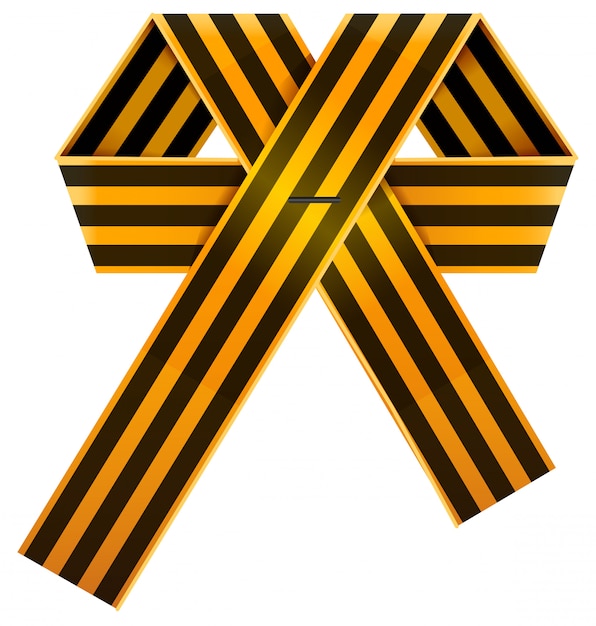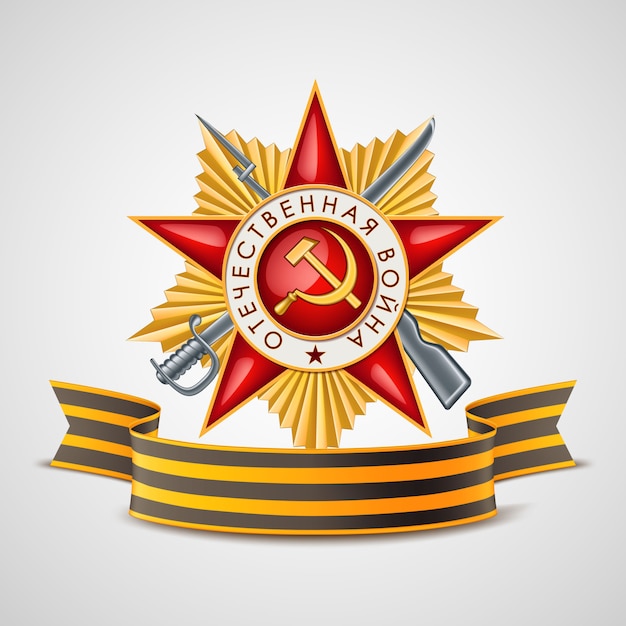
Central to the commemorations were a number of exemplary heroes, chosen from the millions of dead to enter the Soviet pantheon as martyrs for the Communist and patriotic cause. All of this was aimed at young people and especially future conscripts. Victory Day was an occasion for speeches, ceremonies and sporting events that celebrated the Soviet army, its leaders and their pre-revolutionary predecessors. Official speeches stressed the continuity between the Soviet war effort and Stalin’s post-war international policy.īut this geopolitical dimension was combined with a pedagogical purpose, whose primary addressee was the military. Victory Day salutes were fired not just in the ‘Hero Cities’ (Leningrad, Odessa, Sevastopol, Stalingrad) and sometimes the capitals of the republics, but also in Kaliningrad and Lviv, capitals of frontier regions incorporated into the Soviet Union during the Second World War. This geopolitical purpose was just as important inside the USSR. The latter was present not only in the form of tanks and barracks: the numerous memorials to the Red Army dead formed a background to ceremonies that were both commemorative and political, and always attended by representatives of the USSR. In the satellite states, 9 May served primarily to express friendship with the Soviet Union and gratitude towards the Red Army. Victory Day was firmly anchored in the tradition of socialist state festivals, which were rigidly controlled even when combined with popular festivals. In the USSR, in Poland and the other socialist republics, this change of status did not mean the end of commemorations. In 1975, Valéry Giscard d’Estaing removed it from the calendar altogether in the name of Franco-German reconciliation and in 1981, François Mitterrand brought it back as a work-free day. In France, 8 May became a work-free holiday only in 1953, before losing that status again in a calendar reform in 1959. The same year, however, Czechoslovakia did the opposite and declared 9 May to be Liberation from Fascism Day, which from now on was the country’s principal work-free national holiday.Ĭhanges of this kind were not the exclusive preserve of the Soviet Union and its sphere of influence.

This reinstated certain religious festivals and holidays associated with Poland’s national history that had been removed from the calendar in 1946. (Victory over Japan Day, celebrated on 3 September, met with the same fate.) In Poland, Victory Day remained work-free until a new list of holidays was decreed in 1951.

As early as December 1947, however, Stalin scrapped 9 May as a work-free holiday in the USSR in favour of 1 January. In Romania, 9 May replaced Monarchy Day, previously celebrated on 10 May. In Moscow and Warsaw, decrees declaring 9 May a national holiday were issued by the Communist authorities as early as. The status of 9 May was to undergo changes, both in the USSR and in central Europe, where the holiday calendar was not uniformly aligned on the Soviet model. Victory Day during the Stalin and Khrushchev periods Henceforth the USSR would usually commemorate the ‘Great Patriotic War’ of 1941–1945 and not the Second World War.

As for the beginning of the war, it was dated to 22 June 1941, when the Wehrmacht invaded the Soviet Union. Henceforth, the victory would be celebrated in the USSR and its satellite states a day later than in the West. The capitulation came into force at 23:01. The end of the Nazi empire should, he insisted, be signed, sealed and delivered in the presence of Marshal Zhukov, the celebrated Red Army commander. The signing ceremony that had taken place the previous day in Rheims had not met with Stalin’s approval. Yet 8 May was the day when Germany’s Instrument of Surrender was signed in Berlin. From Moldova to Estonia, it would take Soviet forces several years to subdue anti-communist partisans. There were still confrontations in Yugoslavia, and the Channel Islands would not be liberated until the following day. In Europe, the Prague Offensive was underway.
#VICTORY DAY RIBBON FULL#
In Asia, the war was still in full spate.


 0 kommentar(er)
0 kommentar(er)
